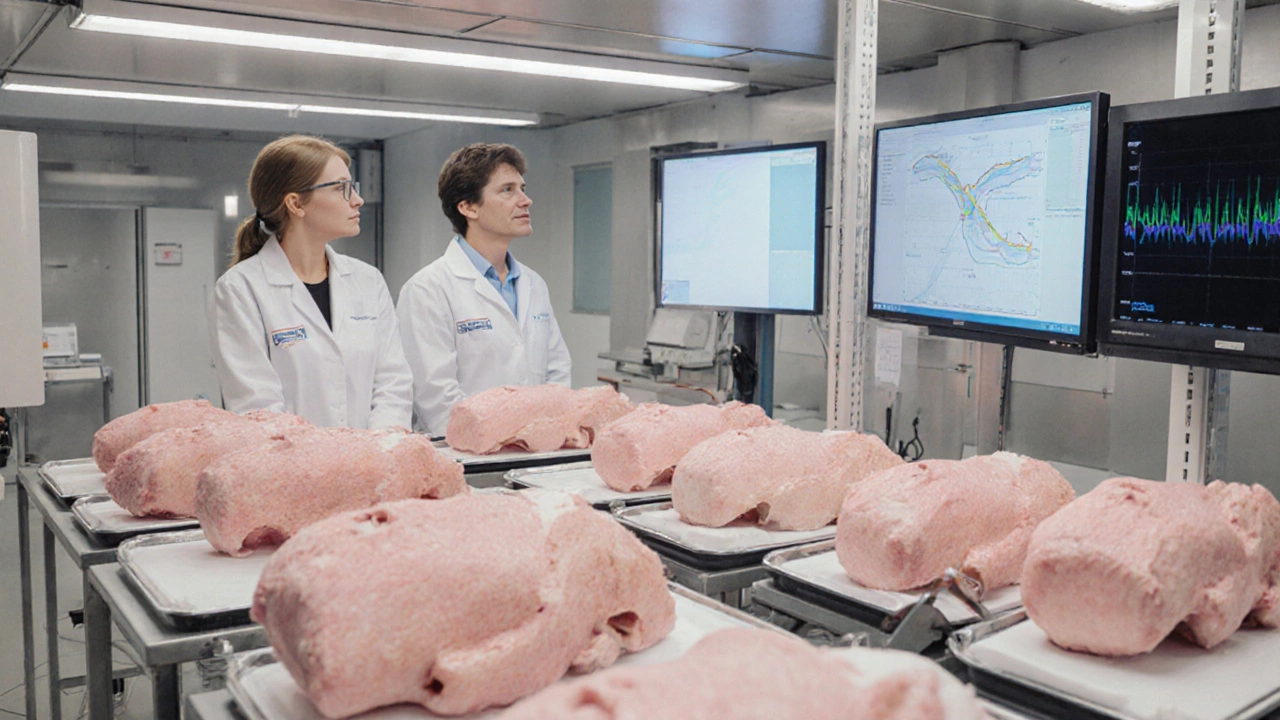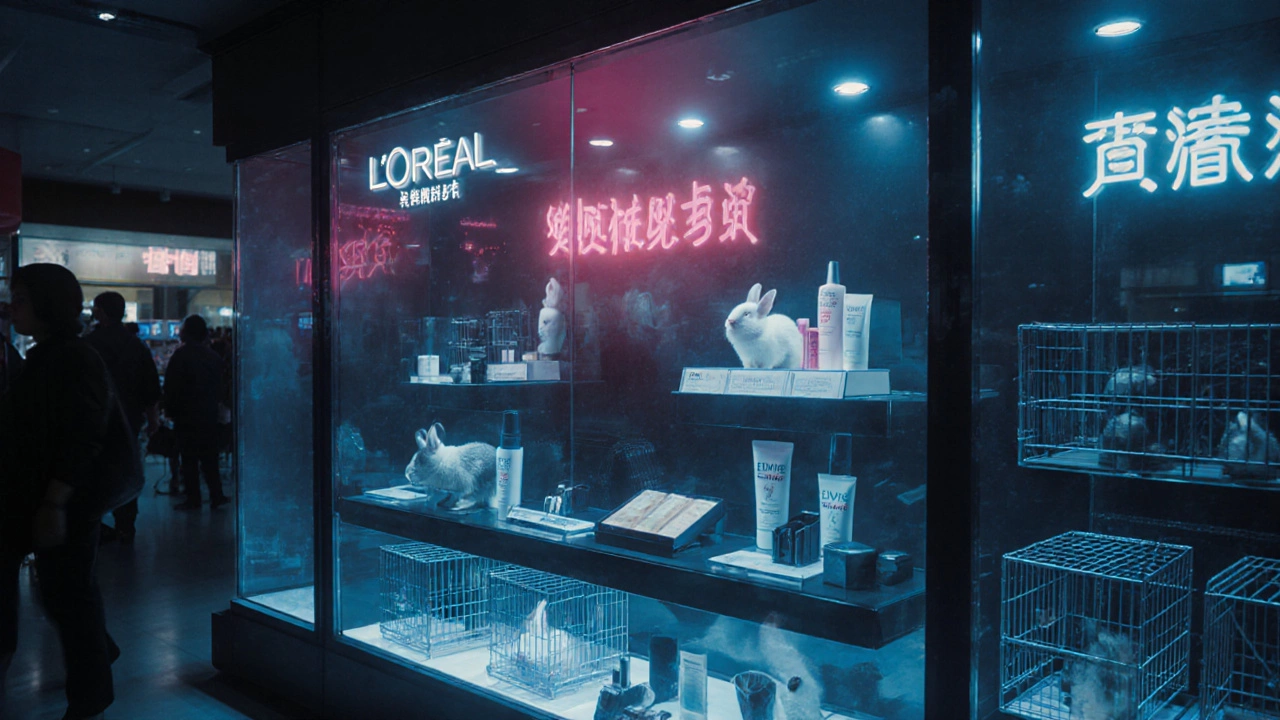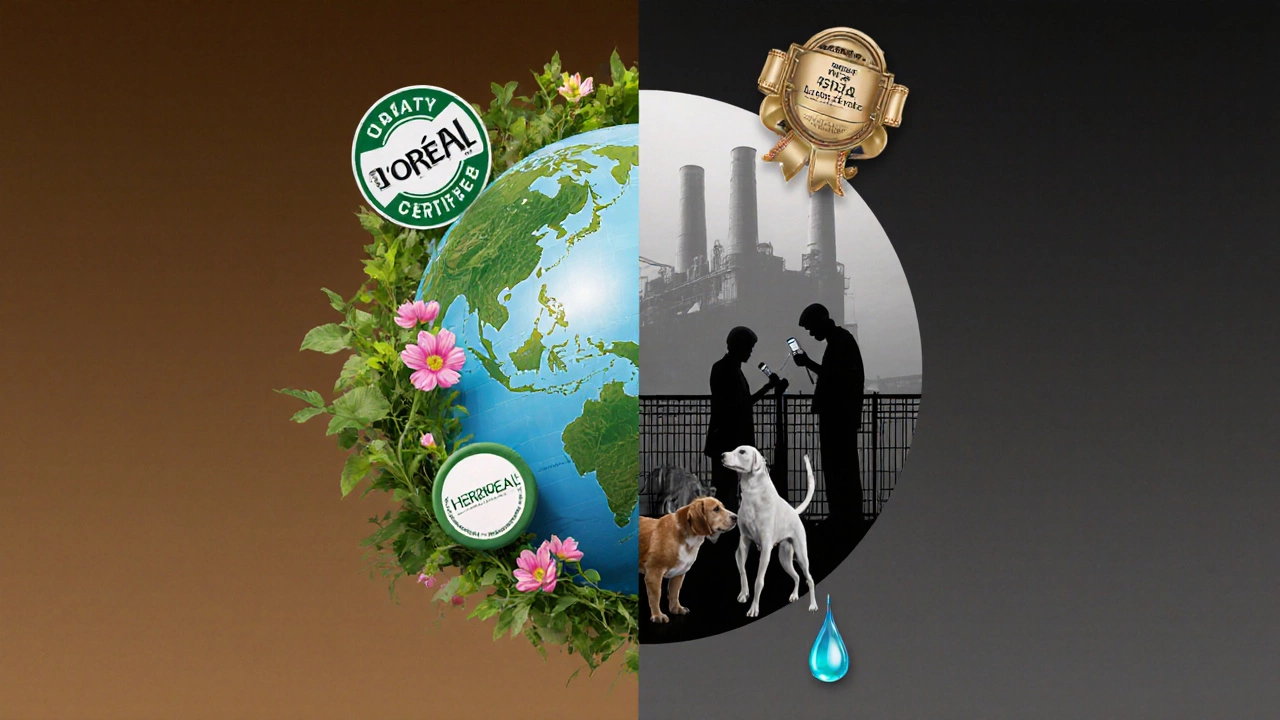Does L'Oreal Test on Animals? The Truth About Cruelty-Free Claims
 Oct, 29 2025
Oct, 29 2025
L'Oréal Animal Testing Checker
Where are you buying?
L'Oréal's animal testing status varies by country due to local regulations
If you’ve ever read the label on a L’Oréal product and wondered, Does L’Oréal test on animals? you’re not alone. Millions of shoppers care about where their makeup comes from-and whether it caused harm to get there. The answer isn’t simple. L’Oréal says it doesn’t test on animals. But here’s the catch: it still sells products in countries that require animal testing by law. That’s where things get messy.
What L’Oréal Says About Animal Testing
L’Oréal’s official stance is clear: the company claims it has not tested any of its products or ingredients on animals since 1989. That’s more than 35 years ago. They say they use alternative methods like reconstructed human skin models, computer modeling, and in vitro testing to ensure safety. Their labs in France and elsewhere have been using these non-animal methods for decades.
They also point to their investment in Episkin, a lab they built in Lyon that creates artificial human skin for testing. This isn’t just marketing-it’s real science. Episkin produces over 100,000 skin models a year. That’s more than any other company in the world. These models are used to test irritation, absorption, and efficacy without ever touching a live animal.
But What About China?
The real controversy starts when you look at where L’Oréal sells its products. China, for example, still requires animal testing for certain types of cosmetics-especially those labeled as "special use" products like sunscreen, hair dye, and whitening creams. Even if L’Oréal doesn’t test on animals in its own labs, it pays third-party labs in China to do the testing for them to meet legal requirements.
That means if you buy L’Oréal’s True Match foundation or Elvive shampoo in China, those products were likely tested on rabbits or mice before hitting shelves. L’Oréal doesn’t do the testing themselves, but they fund it. And under global cruelty-free standards, that’s still considered animal testing.
Cruelty-Free Certifications: Who Says What?
Organizations like Leaping Bunny and PETA have strict rules. To be certified cruelty-free, a company can’t test on animals at any stage-and can’t sell in markets that require animal testing. L’Oréal doesn’t meet either of those standards. They’re not on the Leaping Bunny list. They’re not on PETA’s list either.
That’s why many cruelty-free shoppers avoid L’Oréal, even if they’re not directly doing the testing. It’s about complicity. If a company chooses to enter a market that forces animal testing, they’re choosing to support the system-even if they’re not the ones holding the pipette.

What About L’Oréal’s Cruelty-Free Brands?
L’Oréal owns over 30 brands. Some of them are certified cruelty-free. Brands like NYX Professional Makeup, Urban Decay, Maybelline New York (in the U.S. and Europe), and The Body Shop (before L’Oréal bought it) have different policies. But here’s the twist: even if you buy NYX, you’re still supporting a parent company that sells in China and funds animal testing there.
That’s why some shoppers make a distinction: they buy from L’Oréal’s cruelty-free brands because they like the products, but they’re aware they’re funding a larger system they don’t agree with. Others avoid the entire group. It’s a personal choice based on how strict your ethics are.
Why Does This Even Matter?
Animal testing for cosmetics is outdated. Over 40 countries have banned it, including the entire European Union, India, Israel, and Norway. The science has moved on. We don’t need to hurt animals to know if a lipstick is safe. Yet, in places like China, it’s still required. And big companies like L’Oréal have the power to push for change.
They’ve been lobbying China to accept non-animal testing methods since 2014. In fact, they helped train Chinese regulators on alternative testing. In 2021, China began allowing some imported cosmetics to skip animal testing-if they meet strict safety criteria and don’t contain new ingredients. But that still leaves out most mass-market products.
L’Oréal hasn’t pulled out of China. They’ve grown there. In 2024, their China sales hit $5.2 billion. That’s more than 15% of their global revenue. If they truly believed animal testing was wrong, they could choose not to sell there. They haven’t.

What Can You Do?
If you care about cruelty-free beauty, you have options:
- Choose brands that are certified by Leaping Bunny or PETA and don’t sell in China
- Look for products labeled "no animal testing" and verified by independent third parties
- Support companies that publicly refuse to sell in markets requiring animal testing
- Use apps like Think Dirty or Cruelty-Free Kitty to scan products before you buy
There are plenty of great alternatives. Brands like Dr. Hauschka, Ilia Beauty, Herbivore Botanicals, and ACURE are fully cruelty-free, vegan, and don’t sell in China. They’re transparent. They don’t hide behind parent companies.
Is L’Oréal Changing?
They say they’re working toward change. They’ve invested millions in alternatives. They’ve published white papers on non-animal testing. But actions speak louder than press releases. Until they stop selling in markets that force animal testing, their claims ring hollow for many consumers.
For now, L’Oréal walks a tightrope: they want to be seen as ethical, but they won’t give up a single dollar of profit from China. That’s a business decision-not a moral one.
Final Verdict: Is L’Oréal Cruelty-Free?
No, L’Oréal is not cruelty-free by any recognized standard. They don’t test on animals themselves, but they pay others to do it for them in certain countries. That’s not a loophole-it’s a compromise. And for shoppers who refuse to support animal testing in any form, that’s a dealbreaker.
If you want makeup that doesn’t cost animals their lives, there are better choices. You don’t have to sacrifice quality, color, or performance. You just have to choose differently.
Is L’Oréal vegan?
No, L’Oréal is not vegan. While some of their products don’t contain animal-derived ingredients, many do-like beeswax, lanolin, and carmine. Even their "vegan" labeled products are made by a company that funds animal testing. So they’re not certified vegan by any major organization.
Does L’Oréal sell in China?
Yes, L’Oréal sells extensively in China. It’s one of their largest markets. In 2024, they generated over $5.2 billion in sales there. Because China still requires animal testing for many cosmetic products, L’Oréal pays third-party labs to test their products on animals to meet legal requirements.
What brands under L’Oréal are cruelty-free?
Brands like NYX Professional Makeup, Urban Decay, and Maybelline (in the U.S. and EU) are marketed as cruelty-free. But they’re owned by L’Oréal, which still funds animal testing in China. So while the brands themselves may not test, the parent company does. That’s why they’re not on Leaping Bunny or PETA’s cruelty-free lists.
Can I trust L’Oréal’s "no animal testing" claims?
You can trust that L’Oréal doesn’t test on animals in their own labs. But you can’t trust that their products are cruelty-free overall. If a product is sold in China and requires regulatory approval, it was likely tested on animals. Their claims are technically true but misleading in practice.
What’s the difference between cruelty-free and vegan?
Cruelty-free means no animal testing at any stage. Vegan means no animal ingredients. A product can be cruelty-free but not vegan (like a lipstick with beeswax). It can be vegan but not cruelty-free (if it was tested on animals). L’Oréal products are neither fully cruelty-free nor fully vegan.
